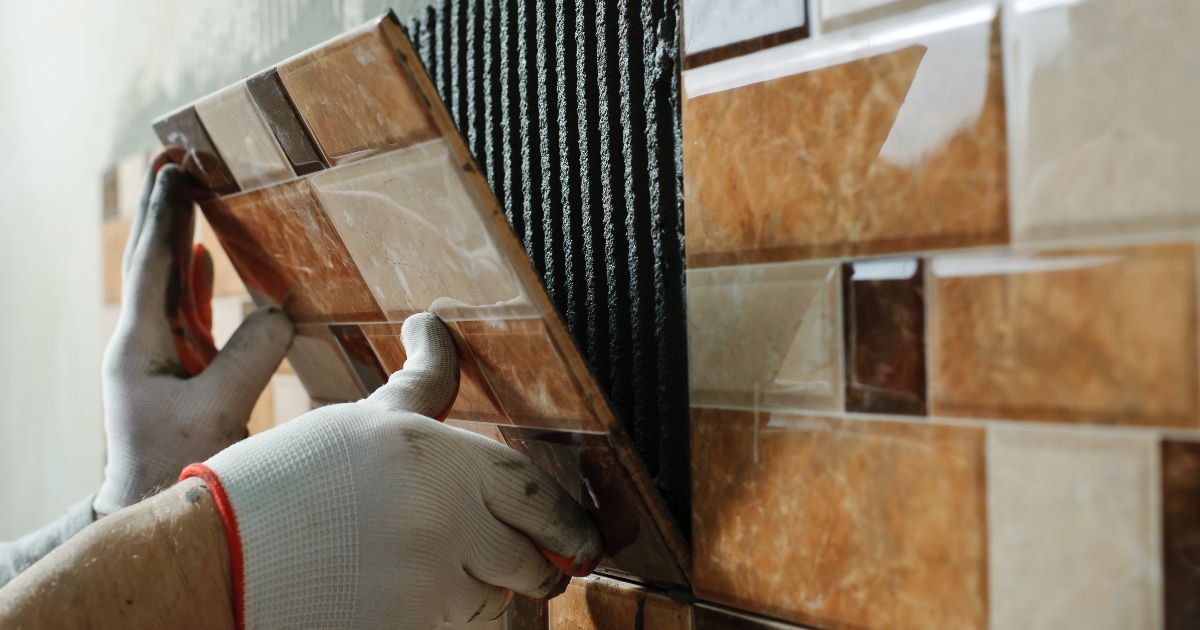As many of our clients are quick to remind us, inspecting certain products require a level of expertise and ceramic products are definitely in this category since most of the visual defects are based on the ‘ceramic grades’ the buyer paid for.
Ceramic products are used in a broad range of products, from porcelain mugs and fine China to tiles, some faucets, e-cigarette components, electrical lines insulators, and even rocket engines.
The following videos will give you a lot of information that porcelain importers need to know about the manufacturing and quality assurance of your products.
AB Grade Porcelain
In this video we’ll explore:
- What porcelain is, what determines the quality and hardness of the end product, and the main categories of porcelain (hard paste, soft paste, bone china).
- The porcelain grades that you will encounter, A, B, and C, and how you can realistically expect them to differ.
- What makes porcelain different from other ceramics: translucency, and the ringing sound it can emit.
- The two categories of defects: flaws (visible marks that come from the manufacturing process) and damages (usually coming from storage, handling, or cleaning)
- The most common defects our inspectors look for when doing the visual check
- Manufacturing issues: cracking or warping during drying; cracking from thermal shock; blackening, bloating, and carbon coring; blebbing.
Grades of ceramic tiles
The following topics are covered:
- Different types of tiles: environment dryness; ability to be walked on; etc.
- How tiles are graded based on the Porcelain Enamel Institute rating, based on a standardized test.
- The different grades of ceramic tiles – Grade 1 are usually placed on walls, grade 2 are usually for homes flooring; grade 3 is for light to moderate foot traffic; grade 4 is usually for commercial use; grade 5 is for heavy foot traffic.
What else do you want to know about ceramic grades and products?
I hope the information and videos in this blog post help you to improve your control over your supply chain and the quality of ceramics your Asian suppliers are producing!
Are you importing ceramics from China or other Asian countries? Let me know your challenges and questions by leaving a comment and we will gladly reply, and we can even make new videos in this ceramics series to explore the topics you need more information on if you have any suggestions.
Are you wondering how to find a manufacturer in China who is well-suited to your needs and can also deliver on their promises?
Sofeast has developed 10 verification steps to help you find the right manufacturer. They’re shared in this FREE eBook: “How To Find A Manufacturer In China: 10 Verification Steps.”
It covers:
- Background checks
- Manufacturing capabilities
- Quality system auditing
- Engineering resources
- Pricing, negotiation, & contracts
- …and much, much more
Just hit the button below to get your copy:


